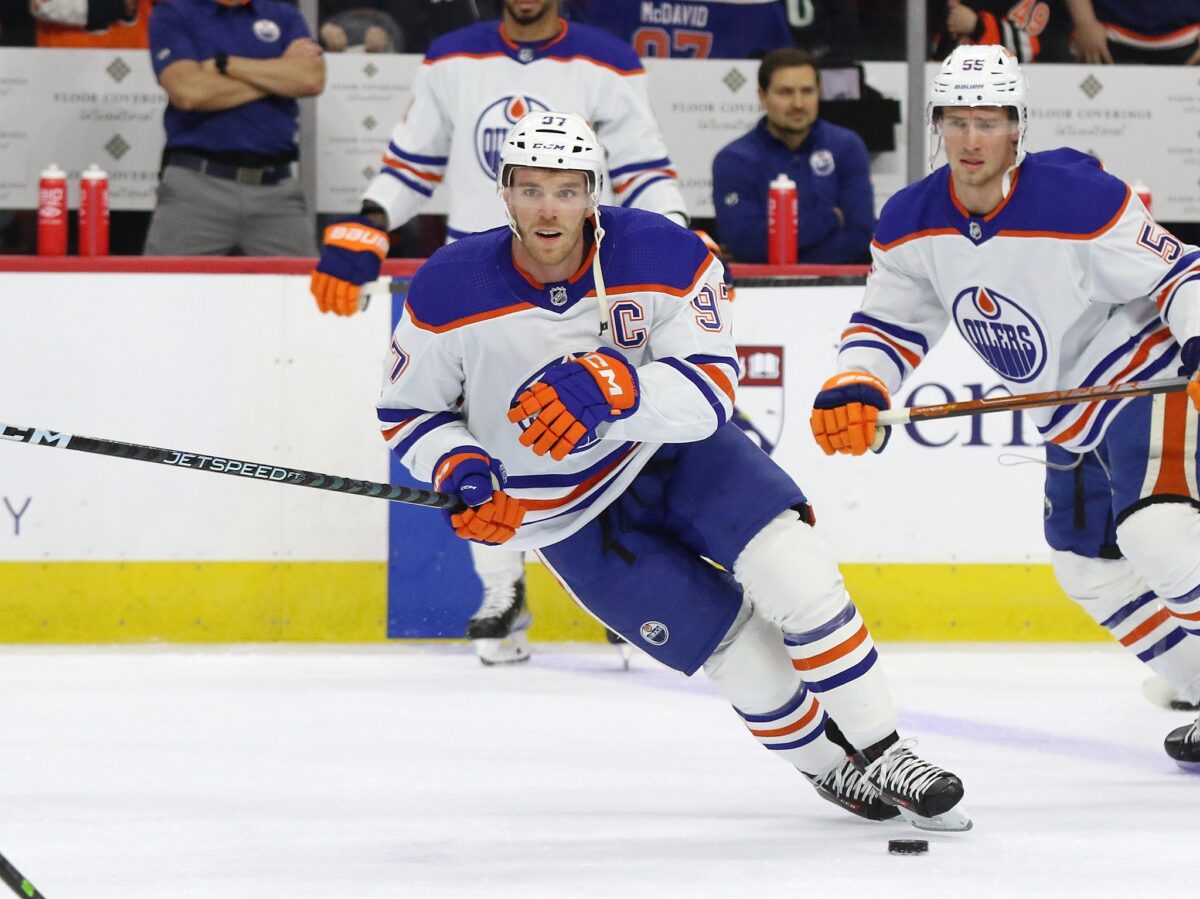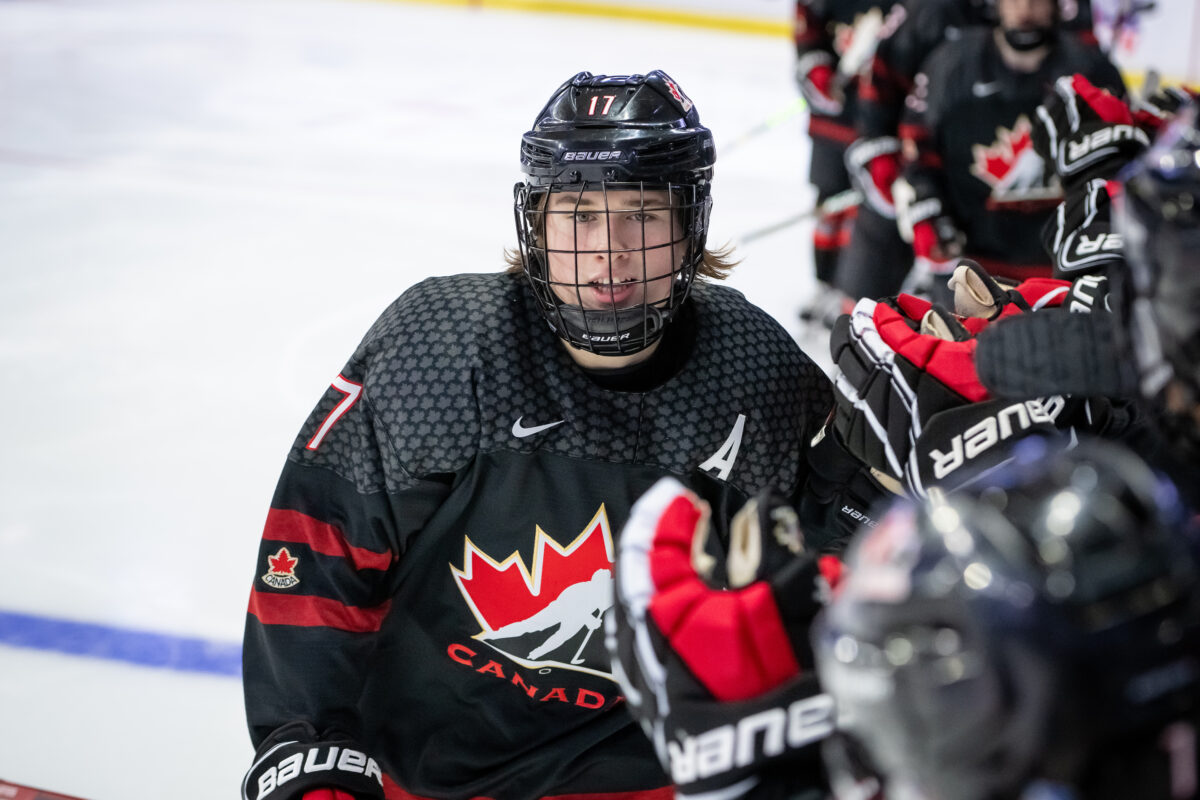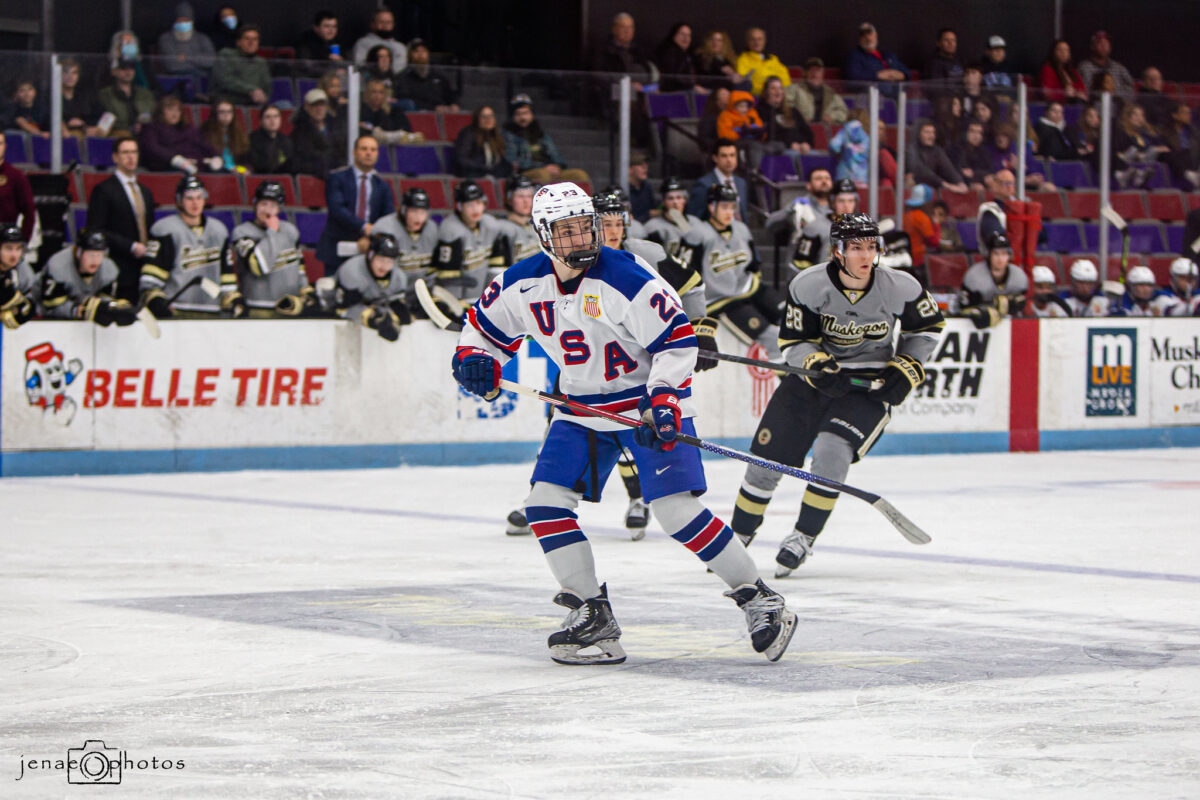The All-Star Game in each of the four major North American sports leagues always has its fair share of complaints. Typically, the complaints are that the players do not care enough so the product on TV is poor. Fans also always take issue with the selections and formatting, claiming their favorite players were snubbed and that many of the selections did not deserve to get the nod.
When ESPN and the NHL announced a seven-year deal starting in the 2021-22 NHL season, fans were optimistic that the game’s market was going to grow. After a disappointing 2022 All-Star Weekend, 2023 brought an increase in viewership, averaging 1.5 million viewers during the All-Star Game and peaking at 1.9 million. However, this is still lower than where the league wants to be, with last year’s game being the second lowest (2021) viewed since 2015. With the NHL hoping to improve its numbers going forward, they need to take note of Major League Baseball’s (MLB) All-Star Futures Game.
Formatting the Game
For starters, it must be acknowledged that this idea has its fair share of barriers. From coordinating with countless other leagues on leaving multiple days open to allow for the selected prospects to travel, to the selection process of comparing players still competing in junior leagues to top European professional leagues, all of this would be complicated to figure out. However, that is not to say that this is impossible, as the NHL already works with other major North American leagues to minimize overlap on important dates to maximize television viewership.

For those unfamiliar with the MLB’s All-Star Futures Game, it is an American vs National League exhibition done before MLB’s All-Star Weekend consisting of top prospects. The game brings in fans from all over the league who want to catch a glimpse of some top prospects on national television before they enter the major leagues. For baseball, the formatting is easy since all of their drafted prospects are in the same minor league system. For NHL teams, their prospects compete all over the globe, making the formatting and selection process much more challenging.
Related: All-Star Weekend Archives
Following the formatting of the NHL All-Star Game, the Future Stars Game would be a four-team, three-on-three competition with 44 players competing. However, the criteria to make the weekend would need to be different. First, there would be no requirement for each team to have a representative. Additionally, any players invited would be allowed to opt out without reason. These two rule changes are understandable for the NHL All-Star Game, as showcasing top talent is the ideal way to gain viewership nationally. Second, there would be eight invitees from the NHL Entry Draft that year.
These would be the top four North American prospects and the top four International prospects according to NHL’s Central Scouting Midseason Rankings. A week after the World Junior Championship (WJC), mock drafts and prospect rankings can be found galore, creating the perfect opportunity for the NHL to capitalize on the media hype. Lastly, any prospect who has played more than nine NHL games is not eligible to play in the Future Stars Game. While this may seem harsh, this game should be viewed as a showcase of non-NHL-ready talent to see what the future of the league has in store.

The remaining 36 selections would all come from NHL-affiliated prospects and could be a combination of predetermined exemptions and fan votes. Some of these exemptions could be all eligible top-10 picks from the previous two drafts, all NHL-affiliated prospects from the most recent IIHF WJC Media All-Star Team, and the top goaltender, defender, forward, and most valuable player from the most recent WJC.
What a 2024 Future Stars Game Would Look Like
Taking the criteria listed above, what would the actual games look like this year? The formatting may seem complicated, but the fans will pick it up in no time. After all, the current model the league uses requires thinking as well.
Forwards
Exemptions (14): Cutter Gauthier (Anaheim Ducks), Marco Kasper (Detroit Red Wings), Matthew Savoie (Buffalo Sabres), William Smith (San Jose Sharks), Matvei Michkov (Philadelphia Flyers), Ryan Leonard (Washington Capitals), Nate Danielson (Red Wings), Dalibor Dvorsky (St. Louis Blues), Jiri Kulich (Buffalo Sabres), Jonathan Lekkerimaki (Vancouver Canucks), Macklin Celebrini (2024, #1 North America), Cayden Lindstrom (2024, #3 North America), Konsta Helenius (2024, #1 International), Ivan Demidov (2024, #3 International)
Selections (10): Logan Stankoven (Dallas Stars), Gabe Perreault (New York Rangers), Gavin Brindley (Columbus Blue Jackets), Jordan Dumais (Blue Jackets), Matthew Wood (Nashville Predators), Andrew Cristall (Capitals), Rutger McGroarty (Winnipeg Jets), Jimmy Snuggerud (Blues), Daniil But (Arizona Coyotes), Bradly Nadeau (Carolina Hurricanes)
Defenseman
Exemptions (8): David Reinbacher (Montreal Canadiens), Dmitriy Simashev (Coyotes), Lane Hutson (Canadiens), Theo Lindstein (Blues), Artyom Levshunov (#2 North America), Zeev Buium (#4 North America), Anton Silayev (2024, #2 International), Adam Jiricek (2024, #4 International)

Selections (4): Olen Zellweger (Anaheim Ducks), Denton Mateychuk (Blue Jackets), Tom Willander (Canucks), Seamus Casey (New Jersey Devils)
Goaltenders
Selections (8): Trey Augustine (Red Wings), Jesper Wallstedt (Minnesota Wild), Niklas Kokko (Seattle Kraken), Jacob Fowler (Canadiens), Michael Hrabal (Coyotes), Sergei Ivanov (Blue Jackets), Drew Commesso (Chicago Blackhawks), Carl Lindbom (Vegas Golden Knights)
Now once again, it must be understood that a lot would go into this to make it successful. Scheduling games from across over a dozen different leagues, flying in players as well as giving them adequate time to prepare for the games without impacting their other schedules make this idea likely just that — an idea. However, if the NHL wants to bring more meaning to the weekend and give fans a new and interesting event to look forward to, they should find a way to make a Future Stars Game happen, or at least do something similar. Even if the idea of a four-team, three-on-three competition is too complicated to schedule, it may be smart for the NHL to bring some prospects to the skills competition. The marketing opportunities are endless, and with how exciting the future stars of the league are, right now is the best time to take advantage.
